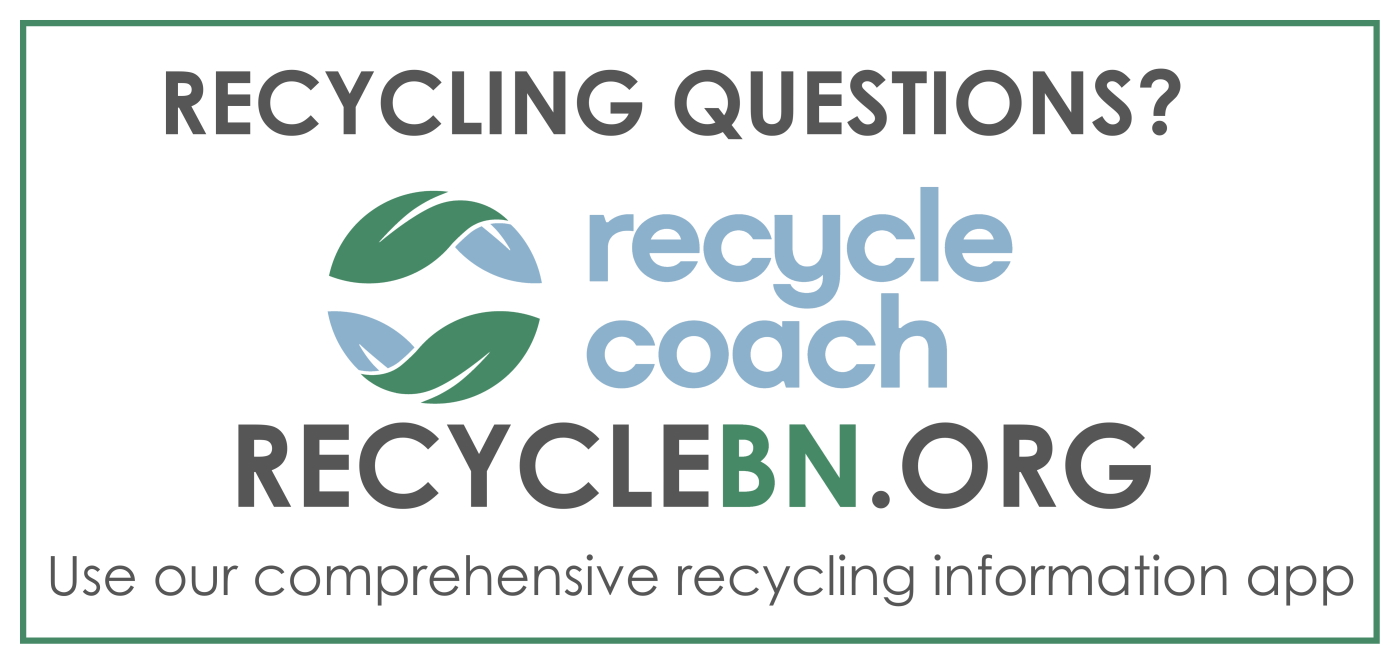The ground around your building has the potential to be an energy source for your heating and cooling needs. While the outdoor air temperatures fluctuate throughout the year, temperatures four to six feet underground stay constant and moderate. A geothermal system utilizes these constant temperatures by circulating a water-based solution through a loop system buried in the ground. Attributes, such as lowered energy bills and a general outline of geothermal works, can be found in the following information. Contact heating and cooling specialists in your area for more information.
How Geothermal Works
- Below the frost line – usually about four feet deep – the earth is a constant temperature of about 50°F all year long.
- The ground loops for a geothermal system can be closed-loop or open-loop systems.
- The loops are connected to a heat pump module located inside the building that circulates a water and antifreeze refrigerant through the ground loop. The fluid in the loop absorbs heat from the ground in the winter to warm the air in your building or returns heat to the earth in summer to cool your building.
- In the winter, when the warmed refrigerant reaches the heat pump inside the building it is compressed, increasing its temperature to 160°F, and then moved through a heat exchanger to warm the air in the air-handling system. A blower circulates the warmed air into the building through ductwork. By simply reversing the process in the summer, ambient heat can be removed, and you are left with a cool, dehumidified interior.
Basic Components Include
- Underground loops of virtually indestructible plastic piping;
- A water/antifreeze solution;
- An indoor heat pump; and
- An air distribution system.
Environmental Advantages
- Energy Efficiency – On average, geothermal systems produce four units of energy for every unit of electricity used to transfer heat to and from the ground. The best conventional systems deliver less than one unit of energy for each unit consumed.
- Environmentally Friendly – Geothermal is recognized by the United States Environmental Protection Agency as the most environmentally-safe, cost-effective heating and cooling system on the market. Installing a geothermal system is equivalent to planting 750 trees or taking 2 cars off the road.
- Clean and Safe – The loop is made of chemically inert and non-polluting material. The heat pumps contain a small amount o refrigerant HCFC-22 which has a relatively low ozone depletion potential. Geothermal systems do not burn fossil fuel (e.g. natural or propane) on site to generate heat, so threats caused by combustion (flames, fumes, odors or carbon monoxide) are eliminated from the building. Furthermore, efficient electrical power consumption reduces greenhouse gas (carbon dioxide, as well as nitrogen oxides and sulfur dioxides) and mercury emissions from the power plant.
- Free Hot Water Generation – Geothermal systems can produce hot water by delivering heat removed from the building during the cooling cycle to the water heater before it enters the ground. This can save up to 50% on water-heating bills.
Costs
A geothermal system is more expensive to install than a conventional forced-air furnace and air conditioner system. In general, the complete cost for installing a residential geothermal system is $4,000-$8,000 per ton. In central Illinois, figure around 550 square feet per ton to size the unit.
Conventional furnace and air conditioners require expensive regular maintenance. A properly installed geothermal system requires little or no maintenance beyond periodic checks and filter changes. Equipment life is prolonged since equipment is located indoors out of the weather.
Typical annual energy savings with a geothermal system are 30-70% in heating costs and 20-50% in cooling costs. The dollars saved on lower energy bills and maintenance costs pay for the geothermal installation within 3-6 year span (or longer for retrofit installations). Owners continue to enjoy lower energy bills beyond the payback period!
Performance
- A conventional furnace uses fossil fuel to create all the heat needed to warm the cold air in winter and to move the warmed air through the air-handling system. In contrast, a geothermal system uses fossil fuel only to transfer heat from the relatively warm soil (50° F) to a heat exchanger where temperature is increased then heat heated air is moved into the air-handling system.
- A conventional air conditioner pumps indoor heat to the hot outside in summer. In contrast, a geothermal system transfers heat to the relatively cool soil (50° F) in summer.
- These factors lead to higher efficiency and lower energy use by geothermal systems.
Hewett House Retrofit
With help from the Illinois Clean Energy Community Foundation, Illinois Department of Commerce and Economic Opportunity, and the Town of Normal, we replaced two gas furnaces and two air conditioners with a geothermal system.
In August 2004, Bratcher Heating and Air Conditioning installed a two-stage, variable speed, five-ton geothermal heat pump with five vertical, closed-loop wells. The well site was 25’ by 100’ in size on the east side of the Hewett House. This system retained zoned areas (upstairs and downstairs on different thermostats), increased the amount of conditioned space within the facility, and reduced our monthly energy bills.
The Hewett House retrofit serves as both a residential and business demonstration of how modern technologies can be installed regardless of the age of the building and what can be accomplished in a highly-developed location.
Local retailers that install geothermal equipment
Bloomington
- SBC Heating & Air Conditioning Inc, 309-661-4328
- Wm. Masters, Inc., 309-662-8481
- PRO Air, 309-452-3415
- Masters Bros, 309-240-6615
Normal
- Bratcher Heating and Air Conditioning, 309-454-1611
- Frost Cooling & Heating, 309-862-2571
Other Resources:





